As an Amazon Associate I earn from qualifying purchases.
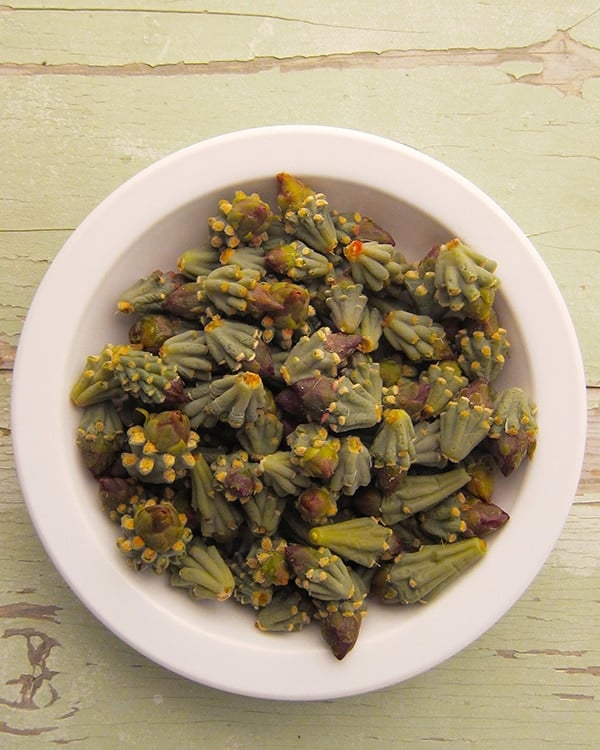
Readers of this space know I am fascinated by the fruits of the desert, especially the Sonoran Desert. One of those fruits is the cholla cactus. More specifically, the unopened flower buds of that cactus. Yep, cholla buds are edible.
More than edible, in fact. Properly prepared, they taste like a fantastical combination of green bean, artichoke heart and asparagus. Here’s how to get there.
Cholla buds need to be gathered in spring, anywhere from March to early May depending on the species and where you live. And where you live matters. Cholla (choy-ah) only live in the Southwest quarter of the United States (of course they also live in Mexico), so I am talking about the states of California, Nevada, Arizona, Utah, New Mexico, Colorado, and parts of Nebraska, Oklahoma and Texas.
The plant is a crazy-looking cactus. It starts with a central stalk that eventually gets woody, then grows “arms” in all directions at once. There seems to be no rhyme or reason to it, although I am certain there is one in there somewhere.
Oh, and cholla are covered in nasty spines. Covered. And everyone’s favorite, the so-called jumping cholla seems to be able to throw its spines at you. Friendly plant, this one. For eating, most people favor the buckhorn, staghorn, and pencil cholla.

Every spring the cactus puts out new arms and an array of flower buds. These of course turn into flowers of many colors. I’ve seen red, yellow and kinda lavenderish ones. After that, it sets fruit very similar to those of the prickly pear — and yes, you can make a cholla fruit syrup with the fruit of the Christmas cholla that is pretty close to my recipe for prickly pear syrup. But in this case it is the buds before the flowers form that you want.
Who thought this one up? Apparently the Tohono O’Odham Indians of the Sonora. (You can buy them already processed here.) They pluck them off the cactus with wooden chopstick-like things — regular tongs work fine — and then meticulously remove the spines.
If you want to do this, remember the Forager’s Rule: Don’t take even half the buds off any one cactus. Take a few from one, then a few from another, until you have enough. Besides, you want pretty flowers, right?
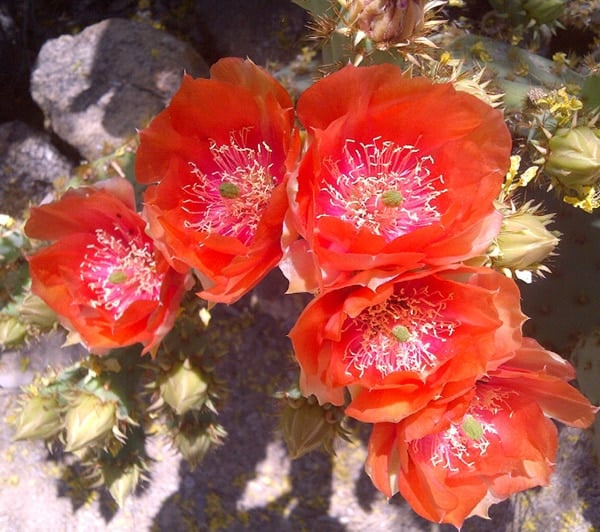
So. Pluck off some buds with tongs and put them into a paper grocery bag or a metal tray like a hotel pan. One cool tip is to find some sticky plant nearby, like the creosote bush, to brush your buds before you twist them off the cactus. To get the rest of the spines off, at first I built something like an archaeologist’s sifting box, which I used to rub off the spines.
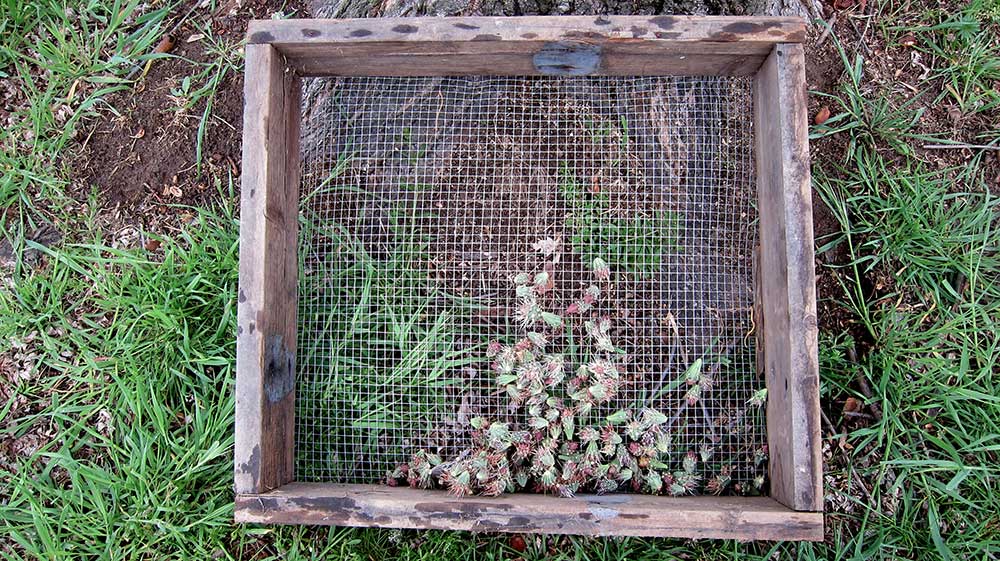
Use a stick, or wooden paddle, or a thick glove to rough up the buds a bit (don’t wail on them, though) to knock the spines off. This will get most of them off. Sadly, most is not all.
And, like their cousins the prickly pears, cholla have glochids, too. Glochids. Evil, nasty, tricksy glochids. Nearly invisible spinelets that are like getting fiberglass into your skin. Many will come off in the screen, but not all.
Now you need to put on a glove and put your cholla in a sheet pan or something like it. Get out a pair of tweezers and pick off the few remaining glochids. Be patient and do it right now, because they are devilishly hard to get off once you cook the buds or dry them.

There is a better way. If you happen to have a little torch, you can bring it with you to torch the buds while they are still on the plant — be careful not to start a fire! — and then use that torch to burn off most of the spines. This goes much faster than the tweezer method.
If you boil them for a minute or two, then shock them in cold water, that softens the remaining spines.
Now you have a bowl full of cholla buds. They will keep for a week or so in the fridge, incidentally. What to do with them?
My advice: Dehydrate them. Fresh cholla are nice, but they get the same slimy thing going on as do nopales, the pads of the prickly pear. Not my favorite, although if you are into slime get your freak on. There is a way to cook them enough so the slime dissipates, and then you can pickle them, but that’s another post.
After I blanch my cholla for about 2 minutes, I dehydrate them at about 105°F, which keeps them pretty. You can also could dry the buds in your oven set to its lowest setting.
Dried cholla buds will last until the Second Coming. Keep them in a mason jar, and if you have one of those silicon packets, drop one in; this keeps moisture out of the jar.
To eat cholla buds, rehydrate them overnight in some water, or boil them straight away. Regardless they need to be simmered until tender, which can take anywhere from 30 to 90 minutes. If you really like them and want to eat your cholla buds faster, dehydrate, cook, then freeze in a bag.
How to use them? As a cool accent in any Southwestern dish. Mixed with beans, especially tepary beans, which are native to the Sonoran Desert, is how I like to use them. I put some in my recipe for teal in a jar. The Tohono O’Odham toss them in a sort of antipasto salad, or just sauteed with some chile and onions.
Incidentally, if you want to learn more about all the cool edible plants in the Desert Southwest, you could do worse than to pick up Wendy Hodgson’s book Food Plants of the Sonoran Desert. It’ll blow your mind how much good stuff there is in a seemingly desolate place.

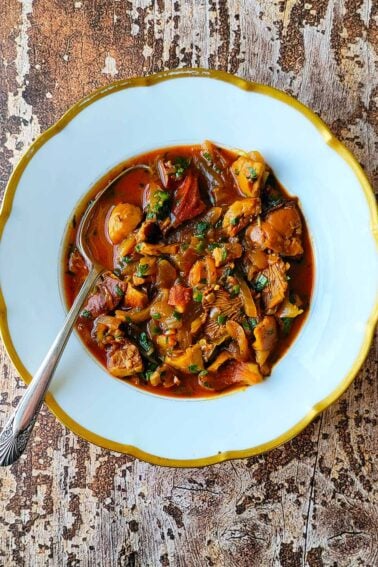

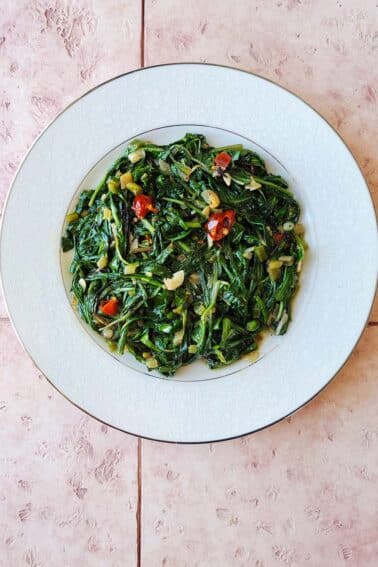
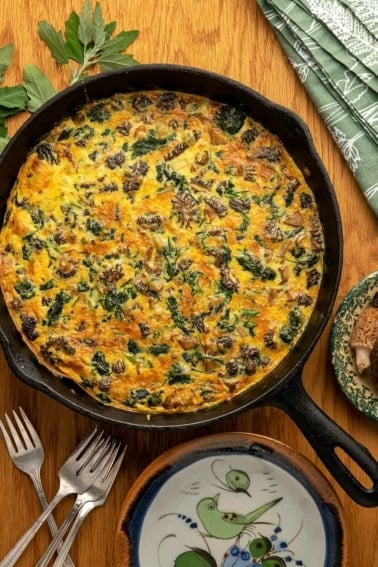
I’d pay for cholla dishes at a restaurant
rather than prepare them. but where?bet they’re expensive.
We live East of Reno and we have these as a cactus garden. I pruned large ones to keep them under control.
I was actually thinking about potting some fingers and selling them.